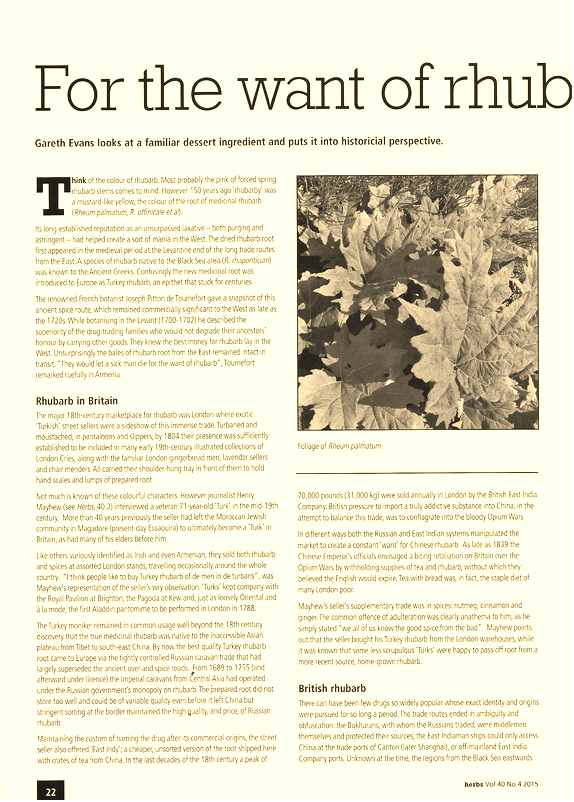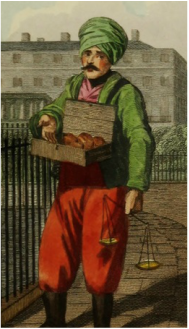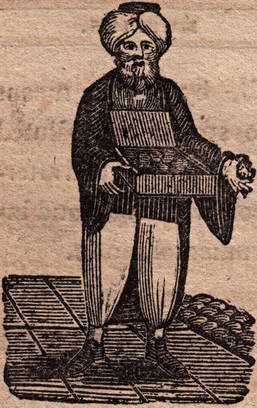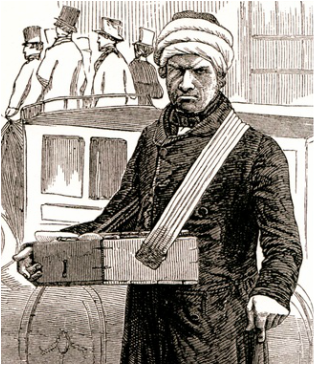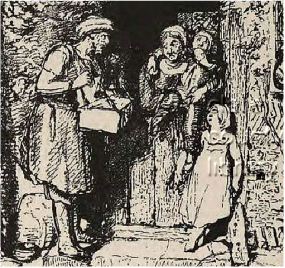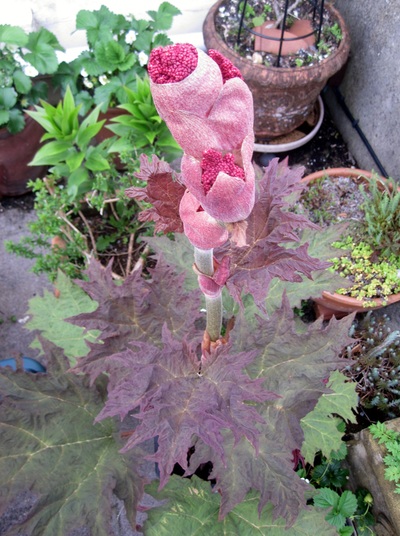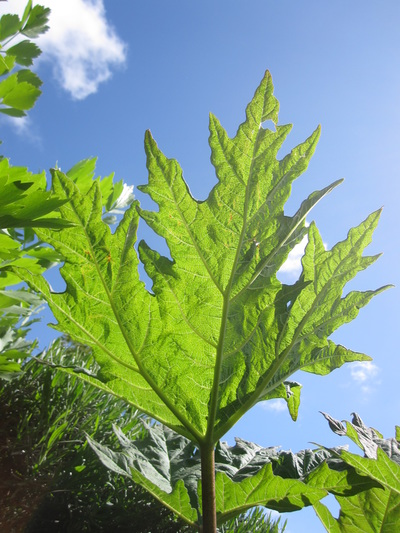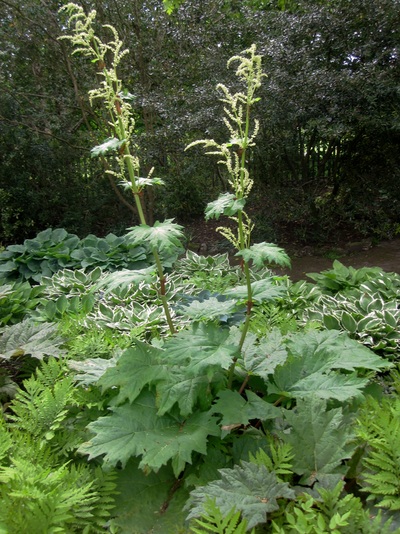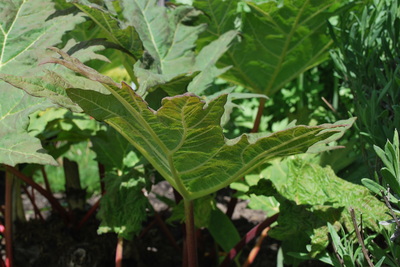For the Want of Rhubarb
A brief history of medicinal rhubarb
Herbs 40.4
|
During the late 18th to late 19th century there could be found London street sellers who were dressed in exotic Turkish-style costumes. Some would being offering slippers, but others sold mustard-coloured lumps of dried Turkey rhubarb root (Rheum palmatum). >>>>> |
|
This article summarises the complex history of this medicinal root, & what little we know of the sellers themselves. The extant images depict the emblems of their trade: the exotic costume, hand scales and a box of wares slung in front. But little is actually what it first appears. |
Herbs 40.4 December 2015
Journal of the Herbs Society
| For the want of Rhubarb | |
| File Size: | 2444 kb |
| File Type: | |
Representations of London rhubarb sellers.
|
William Marshall Craig, Description of the plates representing the itinerant traders of London in their ordinary costume, 1804, “Rhubarb!” (detail)
“The Turk, whose portrait is accurately given in this plate, has sold Rhubarb in the streets of the metropolis during many years. He constantly appears in his turban, trousers and mustachios and deals in no other article. As his drug has been found to be of the most genuine quality, the sale affords him a comfortable livelihood.” |
|
Henry Mayhew, Labour and the London Poor. (1851-1862) “The Rhubarb & Spice Seller.” (detail)
“The old man appears to sell excellent articles, and to be a very truthful fair-dealing man.” (From a detailed interview with a seller originating from a Jewish community in North Africa where many of the contemporary London rhubarb sellers originated.) Engraving from daguerreotype. |
|
Sketch for The Travelling Druggist. William Mulready, 1786-1863. British Museum. (detail)
'“The Travelling Druggist shows an incident which has almost entirely ceased to occur, because none of those picturesquely habited individuals of Irish or Jewish descent, who assumed the Turkish costume, trudge now about the country and sell Turkey rhubarb.” Memorials of William Mulready R.A. by Frederic G. Stephans 1890. |

